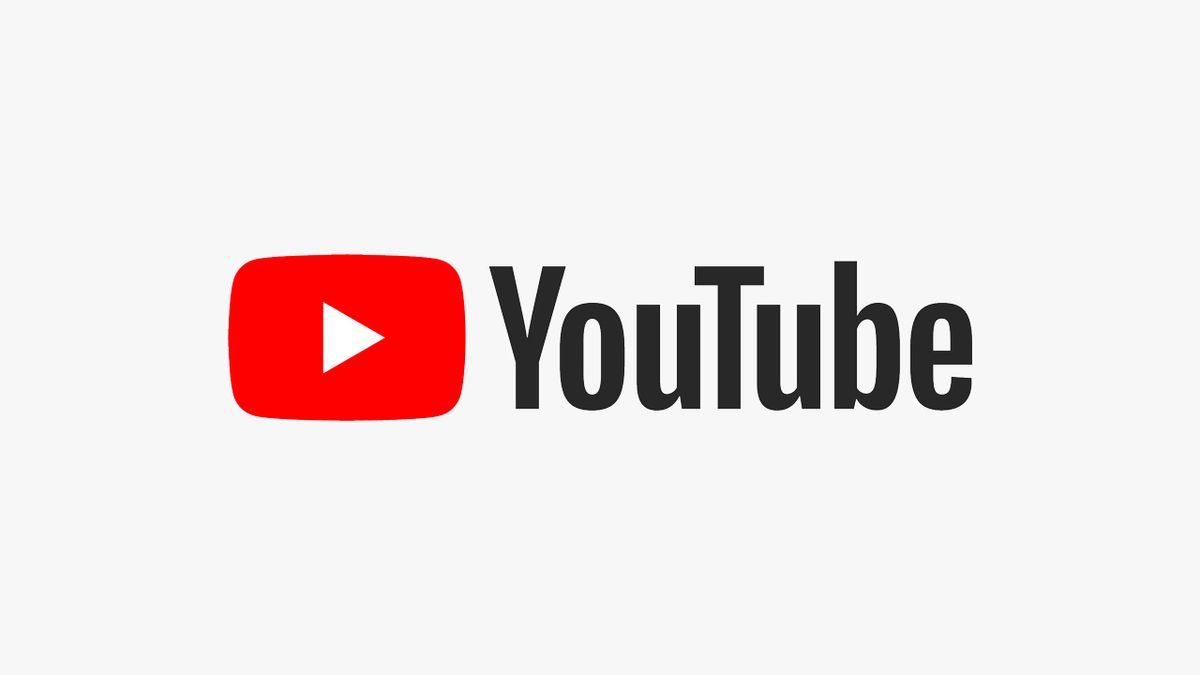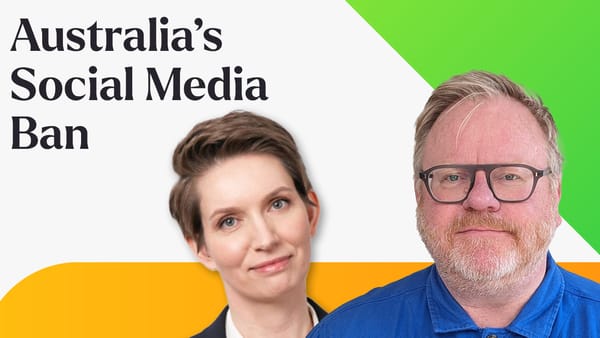The YouTube Partner Program (YPP) was developed to give content creators on the platform greater access to YouTube resources and monetisation features, and access to specialised Creator Support teams.
Back in January, YouTube expanded the YPP eligibility threshold for Shorts creators, meaning that by gaining 1000 subscribers with 10 million valid public Shorts views in the last 90 days, creators could access the YPP benefits.
Now, all new and existing creators in YPP will become eligible for revenue sharing on ads that are viewed between Shorts in the Shorts Feed. This development presents another way for creators to make money on YouTube, alongside existing revenue streams like ads on long-form videos, Fan Funding, and merchandise sales.
How will it work?
Each month, revenue from ads viewed between Shorts in the Shorts Feed will be combined and used to reward Shorts creators and help cover the costs of music licensing. Creators will receive 45% of the total revenue amount which will be distributed based on the number of views their Shorts get in each country. YouTube expect the majority of previous Shorts Fund recipients to earn more under this new model.
Thomas Walters, Europe CEO and Co-Founder of global influencer agency, Billion Dollar Boy, believes that the updated revenue is not only more sustainable and equitable than existing creator fund models but also more flexible by offering creators significantly more earning potential.
“Put simply, the better your content performs, the more you can earn. And if Shorts grows, the amount creators earn grows too,” Thomas says.
By lowering the eligibility threshold for creators to monetise their content and by increasing their earning potential in excess of key competitors, YouTube is incentivising more creators to invest time and resources into the platform.
“History shows us that ultimately people follow the money, and the new revenue-sharing model is the clearest indication yet that YouTube is willing to throw its financial weight behind the creator,” Thomas added.
“This will concern other platforms, especially TikTok, whose USP is the short-form video format. Despite its continued popularity and growing brand investment, the looming threat of a potential US ban and YouTube’s increasingly competitive creator offering could curtail TikTok’s rising influence in the creator economy.”









